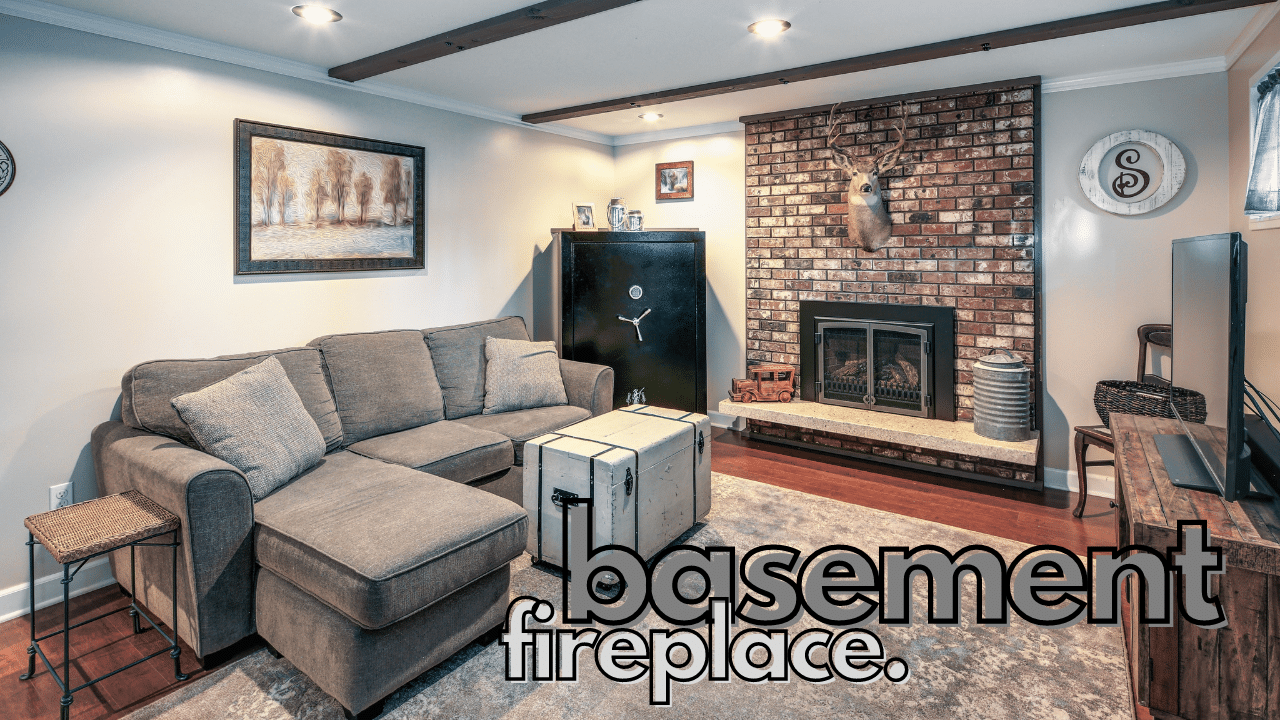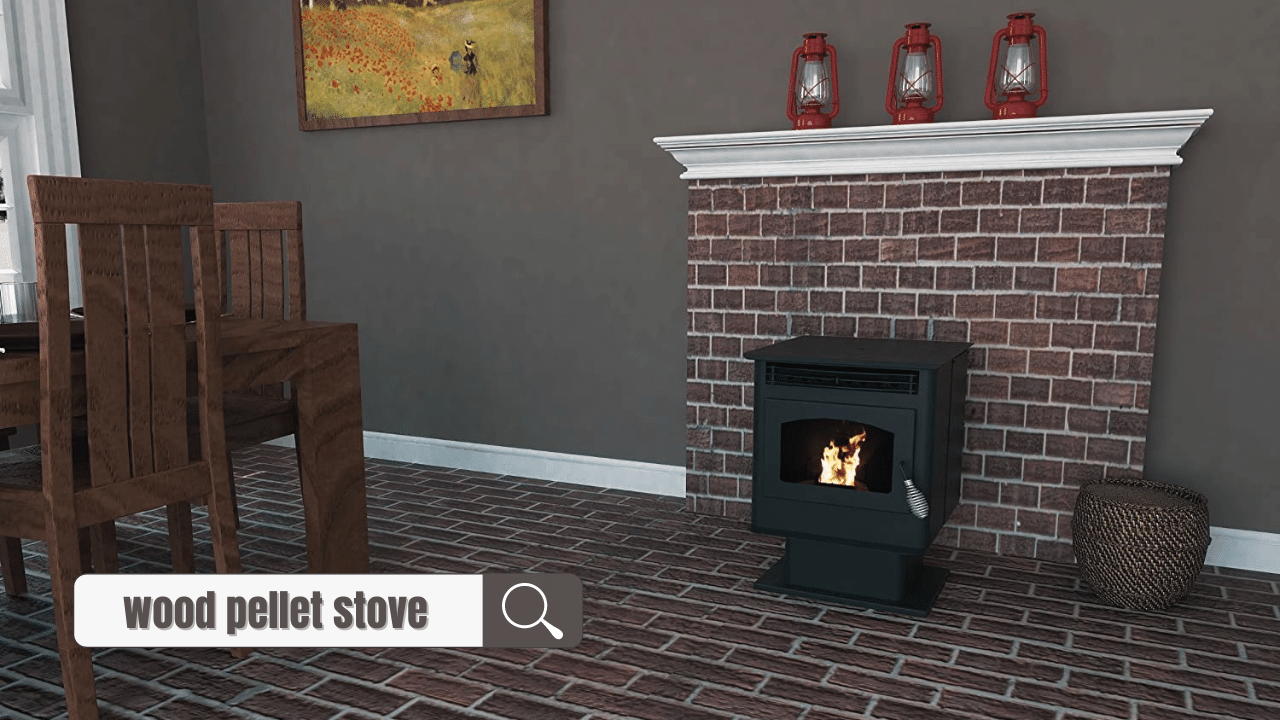A heated basement can be a life-saver in the freezing winter months if you want to stay warm and cozy. Ensuring optimal temperatures in your basement is then an ideal consideration for every homeowner with one.
But suppose you’re struggling to heat a basement efficiently. In that case, you may need to determine the best option among the countless heating methods to keep your additional space warm for the rest of the year: such as adding a fireplace and ductwork insulation. Let’s explore some of the best options for basement heating so you can determine which one fits your situation best.
8 Best Ways to Heat a Basement
Here are some of the most effective basement heating options to consider carefully.
1. Add a Ductless Heat Pump
If you want to save on your monthly energy bills while maximizing the comfort in your warm basement, you can opt to install a ductless heat pump to heat a basement efficiently. This highly energy-efficient unit delivers conditioned air to a specific area, which lessens the chances of heat loss.
During the colder months, its outdoor unit extracts heat from the outdoor air to circulate it inside your home. Additionally, it doesn’t need ductwork, so the installation process is a breeze. The only considerable drawback involves high initial costs and a rather intrusive indoor unit.
2. Install a Basement Fireplace

Some homeowners may still have an existing chimney in their basement, even after finishing it. If you’re one of them, you might be in luck. You can install a fireplace to heat a finished basement. Adding an infrared fireplace in the basement can be installed quickly, effectively keeping the space warm on cold nights. Not to mention, they add a unique aesthetic appeal to the room.
Important Note: If you install a wood-burning or a natural gas fireplace, keep in mind that you will need to follow regular maintenance to avoid harmful carbon monoxide buildup in your chimney.
3. Add Hardwired Baseboard Heaters
Another great basement heating solution is adding convection or hydronic electric baseboard heater, which can be hard-wired into your home’s electrical system. These electric baseboard heaters are long and prominent metal units which run along the wall baseboard. Don’t worry– these are not required to run through the entire wall’s length, only in specific areas.
Like extending your residential HVAC system, opting for baseboard heating will require planning beforehand. You will need to determine the heating amount needed for a particular room. Ideally, start with one baseboard heater per room.
4. Radiant Heating
A cheap and easy way to heat a basement involves installing panels in your flooring or walls, which makes radiant heating an excellent option to consider if you want to keep the basement warm all year round. (Related: How Much Does Radiant Floor Heating Cost? We Break It Down)
You can choose from different radiant panel options:
5. Extend the Existing Ductwork
If you want to skip purchasing additional equipment for your basement heating needs– you can have your existing ductwork extended instead. This will allow you to utilize your home’s HVAC system to heat your basement. This method will involve the expertise of an HVAC professional, as they can provide you with the proper guidance based on the lifespan and the size of your unit.
Note that older and smaller units may be unable to handle the extra load, so extending it to your basement may only increase the burden on the system and may lead to several issues, including a system breakdown.
Given that you won’t need to buy other equipment, this method is energy-efficient to keep your basement warm. Additionally, a ductwork extension project (and a heated basement) will boost your property’s market value. The only downside will be that the usual temperatures in the house may be affected or compromised since separating the heating zones is tricky.
6. Installing a Ductless Mini-Split
Installing a ductless mini-split heating unit in your basement may involve high initial costs, but it’s a reliable option to add heat to your basement. Homeowners with large basements or who regularly frequent the underground living space may benefit from a ductless mini-split– this unit will help you maintain desirable temperatures whenever you want it.
It comes with an air handler that is connected to an outdoor heating pump. This outdoor system takes thermal energy from the outside, boosting it before circulating indoors. Aside from having a quiet operation and offering air conditioning in the summer months, ductless mini-splits today are designed to be energy efficient. You can count on these units to use minimal power to maintain your basement's designed temperature. (Related: The Best Type of AC Unit For Your Home: A Consumer Guide)
7. Add Registers to Your Existing Heating System
The following basement heating method to consider is the addition of registers, especially if you already have ductworks installed. Adding more registers will enable you to disperse heat efficiently throughout your basement. But if you still do not have any ductwork, you can contact a local professional and have them installed to add heat to a basement.
8. Wood Pellet Stove

Lastly, you can also opt to use wood pellet stoves, which burn wood pellets to provide warm air powered by a small fan. This is a more environmentally-friendly option than a regular wood-burning stove, as it uses commercially-manufactured pellets designed to burn clean. These pellets are commonly made of recycled materials, which burn at a gradual combustion rate. Additionally, they only need a 110 V plug-in outlet to power the motor that circulates warm air into your living space.
Contrary to baseboard heaters, these pellet stoves should not be installed underneath or inside the basement. You will need to have it vented directly outdoors as these stoves are known to emit harmful carbon monoxide. Style-wise, wood pellet stoves may not complement basements with a contemporary or modern aesthetic. If anything, they give off a classic or traditional appeal.
Frequently Asked Questions (FAQs)
Why is my basement so cold?
Most basements do not have insulation of any kind. Your basement will remain cold no matter how comfortable you are upstairs. Your basement is cooler than any other room in your house because of these primary reasons: (1) Lack or no basement insulation, (2) hot air rises, and (3) direct sunlight does not reach the basement.
Why should I heat my basement?
Many homeowners do not appreciate and see the wonders of their basement. They can be used to store items that are only used occasionally or things you no longer use. But, it can also be an area for relaxation or room for guest entertainment, especially if you can maintain ideal temperatures any time of the year. Basement heating may also improve the value of your property.
What are some challenges in terms of basement heating options?
Basements are usually not heated, which is a significant issue. Once you put a lot of work into finishing your basement, this will usually lead to cold floors and a more humid atmosphere in your underground living space. Homeowners usually look for basement heating options because warm air rises in the building and leaves through the door or windows. Basements are also generally dark without sunlight.
